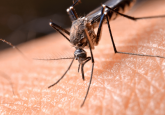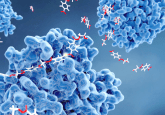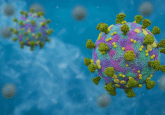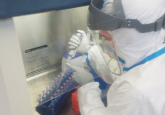A peek behind the paper: Rebeca Carballar-Lejarazú on digital droplet PCR and IDAA for the detection of CRISPR indel edits in Anopheles stephensi
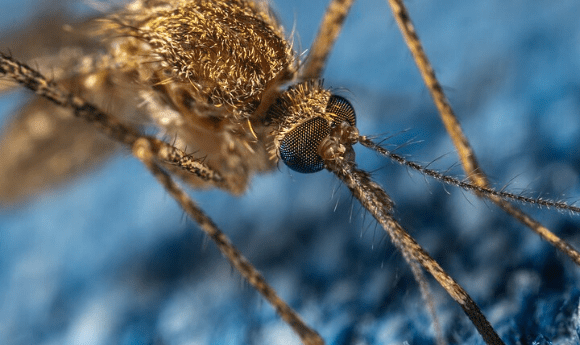
Take a look behind the scenes of a recent reports article published in BioTechniques entitled ‘Digital droplet PCR and IDAA for the detection of CRISPR indel edits in the malaria species Anopheles stephensi’, as we ask author, Rebeca Carballar-Lejarazú from the University of California, Irvine (USA) about the use of these two novel techniques and how they can be effectively used to detect resistance alleles in large populations of mosquitoes over many generations.
 Rebeca Carballar-Lejarazú is a Senior Scientist of Microbiology & Molecular Genetics. She is a pioneer on mosquito gene drives and its application for malaria control. She has experience in insect molecular genetics, vector biology and the development of insect genetic technologies. She works in fields related to synthetic molecular biology, genetics, gene drive, and vector biology to develop genetic control strategies against mosquitoes.
Rebeca Carballar-Lejarazú is a Senior Scientist of Microbiology & Molecular Genetics. She is a pioneer on mosquito gene drives and its application for malaria control. She has experience in insect molecular genetics, vector biology and the development of insect genetic technologies. She works in fields related to synthetic molecular biology, genetics, gene drive, and vector biology to develop genetic control strategies against mosquitoes.
She is currently working on the development and optimization of a gene drive system based on CRISPR/Cas9 technology for population modification of the malaria African vector Anopheles gambiae to spread beneficial genes quickly through mosquito populations.
Please can you give us a short summary of the recent reports article, ‘Digital droplet PCR and IDAA for the detection of CRISPR indel edits in the malaria species Anopheles stephensi’?
Mosquito-borne diseases represent a major problem in human health; unfortunately the existing vector control strategies are insufficient to control those diseases. New genetic technologies, such as CRISPR/Cas9 systems, have transformed the field of genome modification and are considered a promising tool for combating malaria and other mosquito-borne diseases.
Recent progress demonstrated that CRISPR/Cas9 gene-drive derived systems drive target-specific gene conversion at ≥99.5% efficiency in transgene heterozygotes of Anopheles stephensi AsMCRkh2 line (which was used in this study), however, the gene drive efficiency depends on cleaving the target version (often wild-type) of a gene and promoting the cell repair mechanisms to copy an engineered version of the gene (containing the gene drive) into the damaged version.
Alternatively, during the repair process, the generation of resistance alleles to the drive can be observed. Accumulation of resistance alleles can lead to diminishing effect on the drive thereby mosquito progeny will go back to the Mendelian inheritance. There are several methods to detect resistance alleles, however, none of those methods are suitable for high-throughput screening of resistance alleles in samples from multiple, large cage populations or field trials due to their technical complexity, cost, time or labor. Here we report the use of two novel techniques (digital droplet PCR (ddPCR) and indel detection by amplicon analysis (IDAA)) that can be effectively used to detect resistance alleles in large populations of mosquitoes over many generations.
 SARS-CoV-2 testing: a roundup of novel PCR developments
SARS-CoV-2 testing: a roundup of novel PCR developments
The importance of testing for SARS-CoV-2 has been emphasized since the beginning of the outbreak. Institutions all around the world have been rapidly developing PCR tests with the aim of fast, accurate SARS-CoV-2 testing.
What led you to carry out this research?
There has been considerable discussion and debate on the impact of drive-resistant alleles and their impact on the efficiency of gene-drive systems. Resistant alleles may either be pre-existing in the wild mosquito populations or can be generated as a product during the drive. Mosquito genomes are highly polymorphic in natural populations and therefore potentially disposed to have pre-existing resistance alleles. High-throughput screening in mosquito populations can contribute not only to determine the variability of a desired target site but also to determine, in a quantitative way, the accumulation of resistance alleles in populations carrying drive systems.
What were the key conclusions; what impact do you foresee this research having?
This will contribute to a more sensitive and reproducible detection of resistance alleles in mosquito samples and a more efficient analysis of indel quantification in a cost and time saving manner. Moreover, these high throughput – yet cost-effective – methods can provide the basis for large screenings in cage trials and field trials during the process for deploying gene drive in mosquito populations into the field.
What work are you hoping to do next in this area?
I am currently working on a next-generation gene drive for the African malaria vector Anopheles gambie that shows low frequency of resistance alleles and a very robust drive efficiency. We are coupling this drive to some effector genes that will make our mosquitoes resistant to the malaria parasite. We expect that this new system can be deployed into the field to contribute to the malaria control together with the pre-existent strategies.
